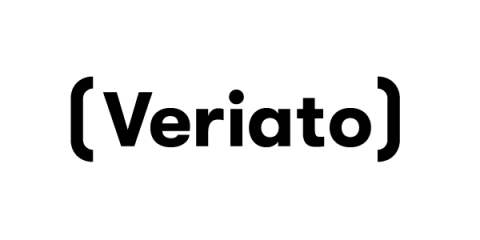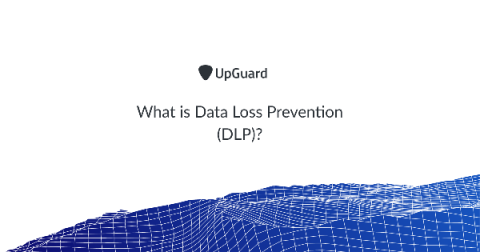Security | Threat Detection | Cyberattacks | DevSecOps | Compliance
Latest News
What is the value of ethical hacking for businesses and society?
Mainstream media coverage of hacking often perpetuates the stereotype of hoodie-wearing hackers up to no good. For this reason, some people remain sceptical about hacking, even if it is in relation to ethical hacking undertaken by cyber security professionals.
Workforce Management Software
Workforce management, often shortened to simply WFM, is about managing staff schedules and services within companies. Workforce management software incorporates most software that focuses on managing and simplifying the process of scheduling staff work hours as well as managing their work and productivity. Managing large amounts of staff members turns into a massive task for human resources teams if they have to do everything manually.
The Power of Splunk Security Essentials + Accedian Skylight Powered Security
As new technologies emerge, end-to-end application stacks continue to grow, and connected devices become more omnipresent in everyday lives, our society will only become more intrinsically connected across multiple touchpoints. It’s even estimated that in the US alone, there will be roughly 200 billion IoT devices by the end of 2020.
Is the cybersecurity skills gap real?
An independent guest blogger wrote this blog. If you do a web search for “cybersecurity skills gap,” you’ll get many, many pages of results. It’s certainly a hot topic in our industry. And it’s a matter that security practitioners and human resources people often disagree on. But before I get further into the matter, it would help to know what it is we’re talking about when we use the phrase “cybersecurity skills gap.”
Image scanning for CircleCI
In this blog post, we are going to cover how to perform container image scanning for CircleCI using Sysdig Secure. Image scanning allows DevOps teams to detect and resolve issues, like known vulnerabilities and incorrect configurations, directly in their CI/CD pipelines. Using Sysdig Secure, you can enforce image policies to block vulnerabilities before they reach production environments and fix them faster while the developer still has the context.
SIEM Yara Rules
What are the OWASP Top Ten?
The OWASP Top 10 is a regularly-updated report outlining the top 10 list of security concerns for web application security. The report is put together by a team of security experts around the world. OWASP refers to the Top 10 as an 'awareness document' and they recommend all companies incorporate the report's findings into the cybersecurity processes.
What is Data Loss Prevention (DLP)?
Data loss prevention (DLP) is a set of processes and technologies that ensure sensitive data is not lost, misused or exposed to unauthorized users by end-users or misconfiguration. Most data loss prevention solutions rely on data classification. This means that sensitive data is grouped into different buckets, e.g. regulated, confidential, financial data, intellectual property, and business-critical data.
What is Cross-Site Scripting (XSS)?
Cross-site scripting (XSS) is a type of security vulnerability typically found in web applications. XSS enables attackers to inject client-side scripts into web pages viewed by other users and may be used to bypass access control, such as the same-origin policy. The impact of XSS can range from a small nuisance to significant cybersecurity risk, depending on the sensitivity of data handled by the vulnerable website, and the nature of any mitigations implemented.











